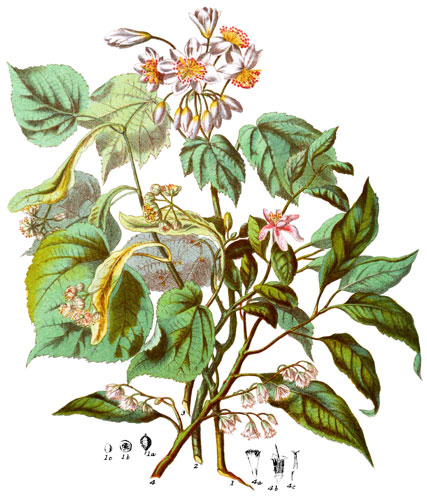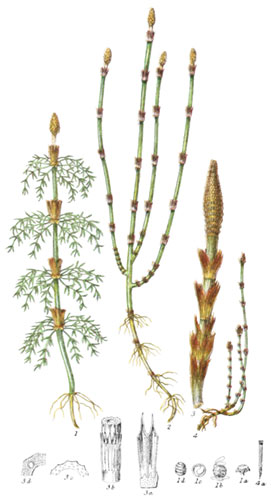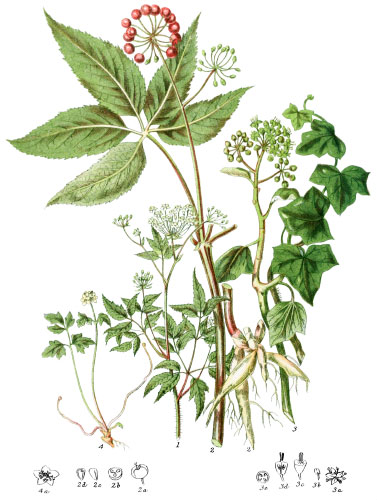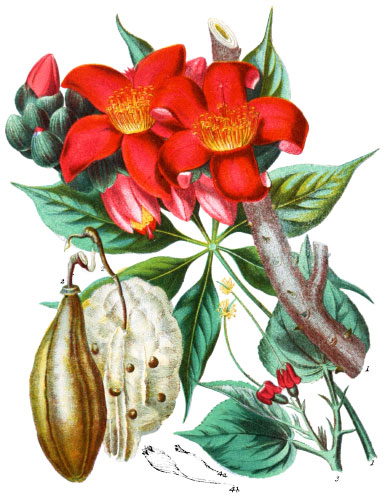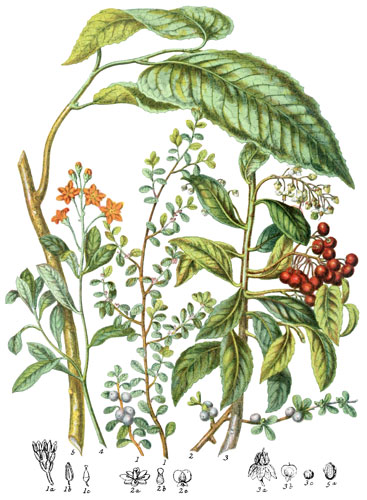Key characteristics
Trees and shrubs; the leaves of which are alternate, coriaceous, generally without stipules, usually undivided, occasionally with pellucid dots. The flower-stalks grow either from the base of the leaf-stalk, or at the ends of the branches, and are jointed at their base. The flowers are generally white, sometimes red. The sepals of the calyx are five, or seven, concave, corieaceous, soon falling off, the innermost often the largest. The petals are five, six, or nine, not always equal in number to the sepals; often combined at their base. The stamens are many, the filaments slender, united in one or many sets, or distinct; the anthers are two-celled, opening lengthwise; the ovary contains several cells, th estyles are from three to seven, slender, more or less combined. The capules is from two to seven-celled, opening when ripe in various ways; sometimes rough and leathery, and not gaping, usually with a central column, to which the few large seeds are attached.
The chief known properties of this tribe are, the abundant oil contained in the seeds, and the tonic astringency of Thea, combined with a fragrant and stimulating volatile principle.
Select plants in this order
Not all plants listed are illustrated and not all plants illustrated are listed.
- Camellia, the type of this Order, was named after Camellus, a botanist who studied the plants of the Philippine Isles.
- C. japonica (2) and its numerous varieties are amongst the most admired of shrubs, as well as in their native countries of Japan and China as in Europe. The form and hues of the shining evergreen foliage, and the delicate beauty of the white or red flowers, united to render them peculiarly attractive.
- Some species of Camellia are valued for more important uses; C. oleifera (1) yields from its seeds an excellent oil, for the sake of which it is extensively cultivated in China.
- C. Sasanqua is remarkable for the aromatic fragrance of its leaf and flower-buds, which are sometimes added to tea in China.
- The leaves of C. Kissi, growing on the mountains of Nepal, at an elevation of 4000 feet, have also the flavour of tea; the flowers are small and white; the seeds contain a large proportion of oil.
- But the most valuable genus of this tribe is Thea, the Tea-plant, two species of which, T. Bohea (4) and T. viridis, both in a wild and cultivated state, are spread over a wide district in Asia, extending from 17° to 31° of N. latitude in China, and in the Islands of Japan as far north as 41°. The tea plantations are generally situated on the lower fertile slopes of the hills; the shrubs yield three crops of leaves in the year, the gathering and manufacture of which employs an immense number of the Chinese; and the peasants in the Tea country have each their small tea plantation, as the English have their cabbage garden, and the Irish their potato field. In favourable locatlities in the Himalayas, the culture of Tea is now increasing with considerable success. The transportation of thish curious preparation of a plant, so singularly restricted to in its native place of growth, to all parts of the civilized world, forms a very valuable branch of commerce.
- T. assamica is a species of late years discovered in Assam, flourishing abundantly in the shade of dense forests, on the borders of rivers and lakes, and also on hills of 700 feet elevation. Its cultivation is already becoming a profitable object of labour, and in due time it may, in all probability, yield a plentiful addition to the stores of that innocuous and most greatful vegetable productions, which by its diffiusion in every land, seems mercifully destined to cheer and refresh all classes of mankind.
- The seeds of T. oleosa yield an oil much used in Canton and Macao for its economical purposes.
- Kielmeyera is a genus inhabiting the region between 12° of S. latitude, and the tropic of Capricorn, in South America.
- K. rosea (3) is one of the most beautiful of the species, growing in open mountain fields, 3000 feet above the sea, in the province of Minas Geraes, in Brazil.
- The mucilaginous leaves of K. speciosa are used in medicinally by the Brazilians.
- Ternstrœmia, Caraipa and others are found growing chiefly on the river banks of Guiana; some are tall trees with fragrant flowers.
- Anneslea fragrans is a tree of the East Indies, with smooth grey branches, and sweet-scented white flowers.
- Eurya acuminata grows on the Himalayas, at an elevation of 6500 feet, among Oaks and Rhododendrons.
- The bark of Gordonia is used for tanning in the United States. Some species exist in Jamaica.
Locations
The greatest portion of the finest trees and shrubs of this Tribe are to be found in South America, although those best known in Europe are from china and North America. A few only are natives of Asia; one belongs to Africa.
Legend
- Camellia oleifera, Oil-seed Camellia. China.
- Camellia japonica, Red Camellia. Japan.
- Seed-vessel.
- Kielmeyera rosea, Rose-coloured Kielmeyera. Brazil.
- Stamen, magnified.
- Pistil.
- Cross-section of Ovary.
- Seed-vessel.
- Thea Bohea, Black Tea-plant. China.
- Stuartia pentagyna (Malochodendron ovatum). North America.
- Pistils and Stamen.
Explore more
Posters
Decorate your walls with colorful detailed posters based on Elizabeth Twining’s beautiful two-volume set from 1868.
Puzzles
Challenge yourself or someone else to assemble a puzzle of all 160 botanical illustrations.

